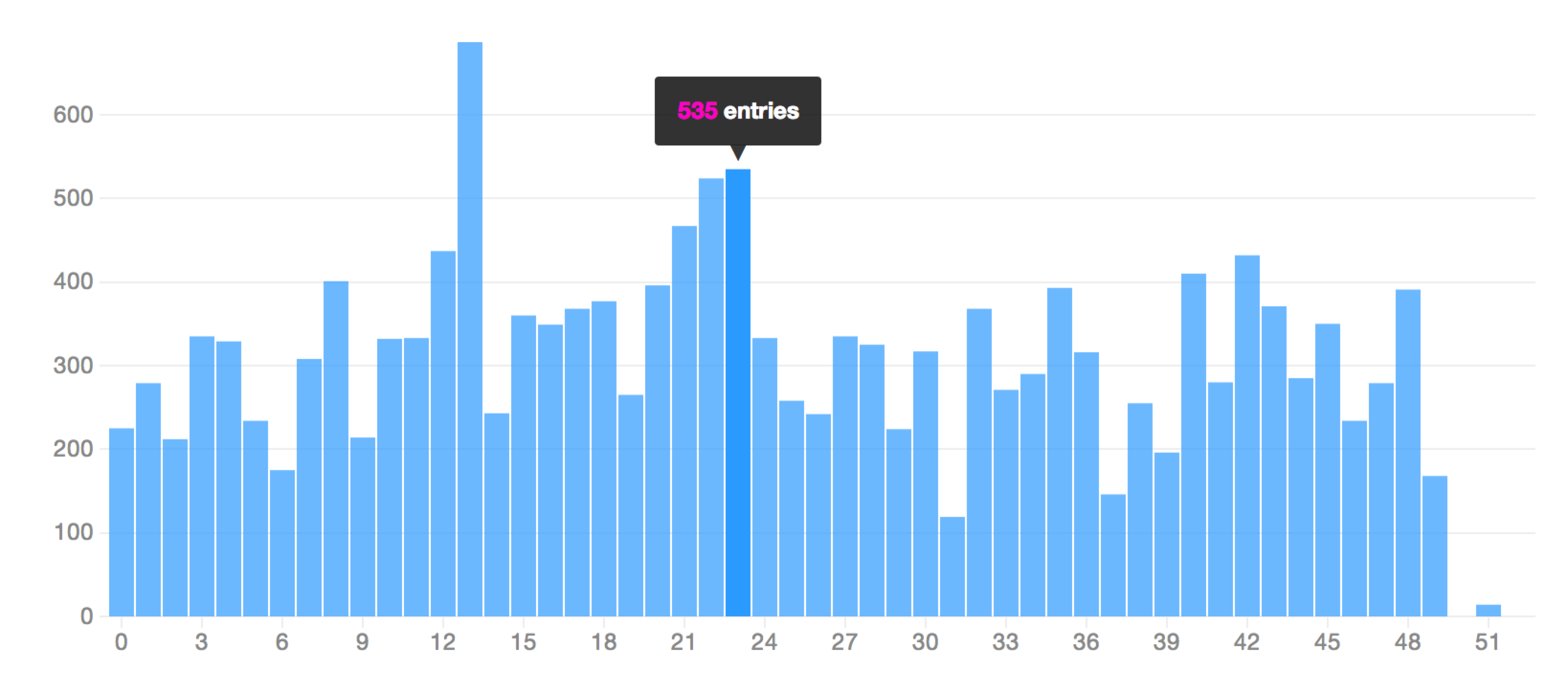
D3 + article combo ideas
-
The national budget illustrated with d3. There’s so much quantitative, hierarchical delicious graphable data in the budget, and it’s a document that deserves more attention than it gets. Illustrate it intuitively with d3.js, and you’ve done the world a favor.
-
What’s up with the economy? (in d3) I realised that an increase in automation by introducing computers and robots, shifts money from the hands of a manual labor person to a small list of other businesses and corporations (i.e. power company, metal factory, silicone plant, consultant agency, software company ++). This implies shifting money from workers to [workers + managers + stock owners] and by doing that also increases the distance between social group. Another factor that does the same is the globalisation of businesses, which makes individual countries compete by lowering company taxes. This again shifts money “upwards” from regular people to business and stock owners. It could be combated by increasing wages, but that’s also hard in a global economy. If minimum wages are increased, a larger portion of the work will ship out. If nothing major happens soon, will we see more people be out of jobs (as a consequence of automation)? A smaller portion of money held by regular people and a larger portion held by companies (increasingly paying for machines rather than labor)? Will the portion of money held by people be divided in two large groups: those with and those without jobs? There is lots of data on income, profits and unemployment, so this could very well be illustrated with charts, as well.
-
Terror illustrated in d3 30000 people die annually in traffic accidents in US while we’re taking about ~150 annually from terrorism (average over the course of the last 20 years). The threat from cars are 200 times greater than terrorism in terms of number of casualties. We sometimes hear about it, but I think we need a chart to illustrate how safe we really are. So, again with d3: - How dangerous is x compared with terrorism? - How much money is spent on x compared with terrorism? The answer is obviously that we spend to much time, money, effort and feelings on responding to a threat that, while evil, is negligible (which I guess is the success criteria of terrorism – i.e. we help terrorist succeed by caring too much). I just want these numbers up in peoples face on a delicious chart, so we can be happier and more relaxed. Yay!